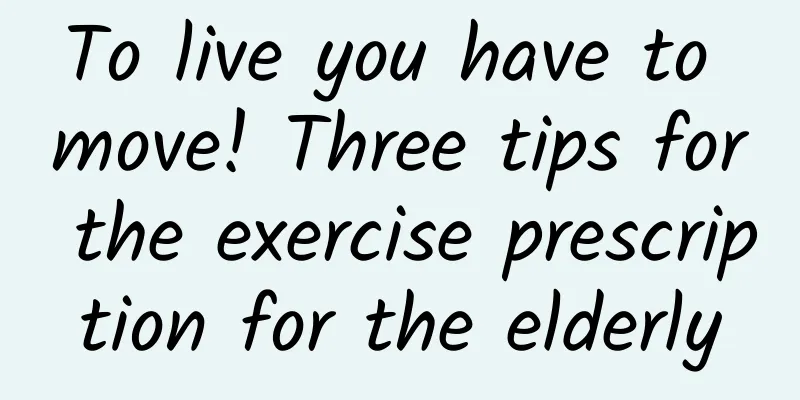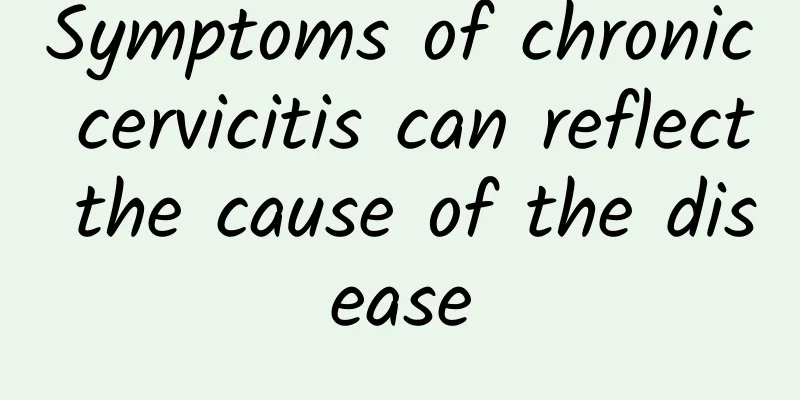To live you have to move! Three tips for the exercise prescription for the elderly

|
With the rapid increase in the elderly population, it is estimated that the elderly population will surge to 20% of the total population in 2025. In an aging country, the health of the silver-haired population not only affects the individual's quality of life and family happiness, but also has a significant impact on social medical resources and national finances. Therefore, how to promote the health of the elderly has become a very important issue in national medical policy. In fact, there is a simple, economical and effective way to promote the health of the elderly, which is regular exercise. (Situational picture/provided) During the normal aging process, the body undergoes physiological changes, such as increased blood pressure, decreased lung capacity, decreased flexibility, joint degeneration, and bone loss. In the aging process, if there is a lack of exercise, it will accelerate the aging process. On the contrary, regular exercise can delay the occurrence of aging and promote physical health. However, there are many types of exercise, and the physical condition of each elderly person is different. Therefore, before the elderly engage in exercise for the first time, they can consult a professional doctor, who will prescribe a set of exercise prescriptions suitable for the individual based on their personal physical condition and special needs. The following three sets of exercise prescriptions are recommended to promote the health of the elderly, providing them with references when exercising: Group 1 is an exercise prescription for "promoting cardiorespiratory endurance": 1. Exercise method: The principle is to exercise the whole body, regularity, large muscle groups and aerobic activities, such as jogging, brisk walking, swimming, mountain climbing, cycling, Tai Chi and folk dance. 2. Exercise intensity: Mild to moderate, approximately controlled between 60 and 80% of the individual's maximum heart rate. Exercise until you feel a little out of breath, but not so out of breath that you can't speak. 3 Exercise time: first do 10 minutes of warm-up activities, then start formal aerobic exercise for 20 to 60 minutes, and finally do 5 minutes of cool-down activities. 4 Exercise frequency: It is advisable to exercise 3 to 5 times a week. (Situational picture/provided) The second group is the exercise prescription for "promoting muscle strength": 1. Exercise method: Based on the principle of progressive, repetitive low-weight training. Choose muscle groups that are more obviously affected by aging or are used more frequently in daily activities (such as the deltoids of the arms, quadriceps of the thighs, hamstrings, abdominal muscles, back muscles, gluteal muscles, etc.) for training. You can use PET bottles filled with water, dumbbells, sand bags, elastic bands, and pulley tools. 2. Exercise intensity: Adjust the weight (to about 30% to 50% of the maximum muscle strength) until the muscles feel tired after repeated back and forth contraction 8 to 12 times. 3. Exercise time: One exercise session should last 20 to 30 minutes. 4. Exercise frequency: It is advisable to exercise twice a week, with at least 48 hours between each training session. Group 3 is the exercise prescription for "promoting flexibility": 1. Exercise method: Based on the principle of stretching exercises, all major joints (such as shoulder joints, hip joints, knee joints, back, neck, etc.) must be trained. 2. Exercise intensity: Stretch until the joints feel slightly tight but not painful. Maintain the stretching movement for 10 to 30 seconds and repeat 3 to 5 times. 3. Exercise time: The best exercise time is 15 to 30 minutes. 4. Exercise frequency: Exercise at least 3 times a week. Encourage the elderly to regularly engage in the above three exercises and persevere. This not only helps maintain good cardiopulmonary endurance, muscle strength and flexibility, but also promotes health, keeps away diseases and improves the overall quality of life. |
<<: Stop accumulating belly fat! Cardiovascular disease is on the rise
>>: 【New Knowledge】The effects of sports doping on the brain
Recommend
What is the reason why adnexitis easily enters the patient's life?
Nowadays, many women are troubled by adnexitis fo...
KO leg edema! Doing yoga "grinding wheat pose" is very effective
With many consecutive holidays, many people trave...
Brief introduction: Symptoms of mild cervical erosion
In the process of cervical erosion, the condition...
In case of unexpected pregnancy, should you choose medical abortion or painless abortion?
Nowadays, with the continuous development of medi...
How to treat high prolactin? What should we pay attention to in daily life?
How to treat high prolactin? This is a question w...
Causes of irregular menstruation in women after abortion
Some women may experience irregular menstruation ...
Postpartum mothers complain: I can’t regain my weight? Doctors reveal: 5 major reasons why it’s hard to lose weight after childbirth
Many women always complain that "the weight ...
How to prevent acute pelvic inflammatory disease
How to prevent acute pelvic inflammatory disease?...
How to differentiate uterine effusion?
Uterine effusion is very common. It is a common d...
Can I get pregnant with adenomyosis?
Now more and more female friends have adenomyosis...
What medicine should I take for uterine effusion?
What medicine is good for uterine effusion? Uteri...
Cost of treatment for hyperprolactinemia
The cost of treating hyperprolactinemia is genera...
What does P57 negative mean?
P57 negative usually refers to a negative result ...
How to prevent cervical erosion is the most effective
Cervical erosion has affected so many happy famil...
What are the dietary taboos for vulvar leukoplakia
For patients with vulvar leukoplakia, it is very ...









